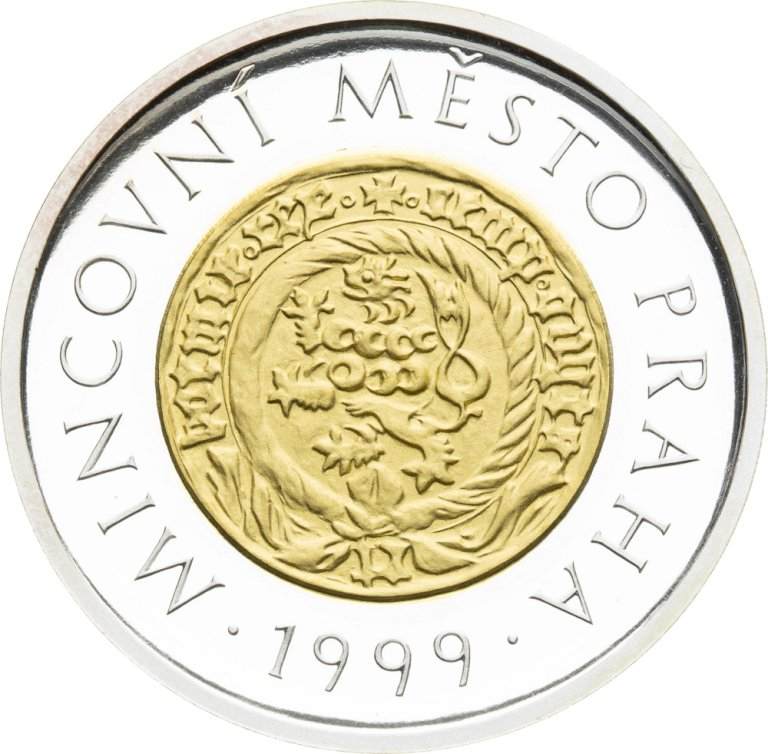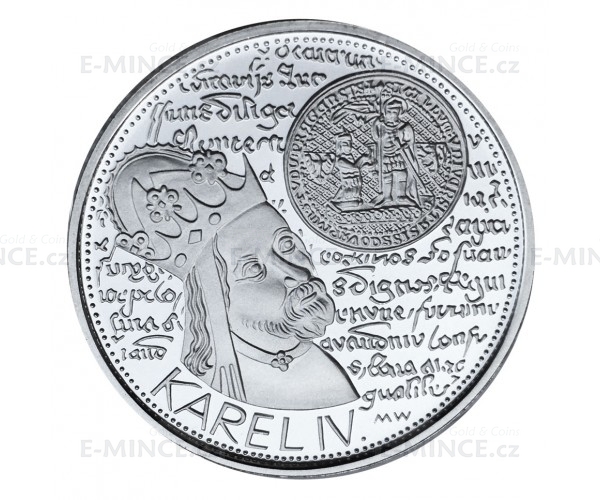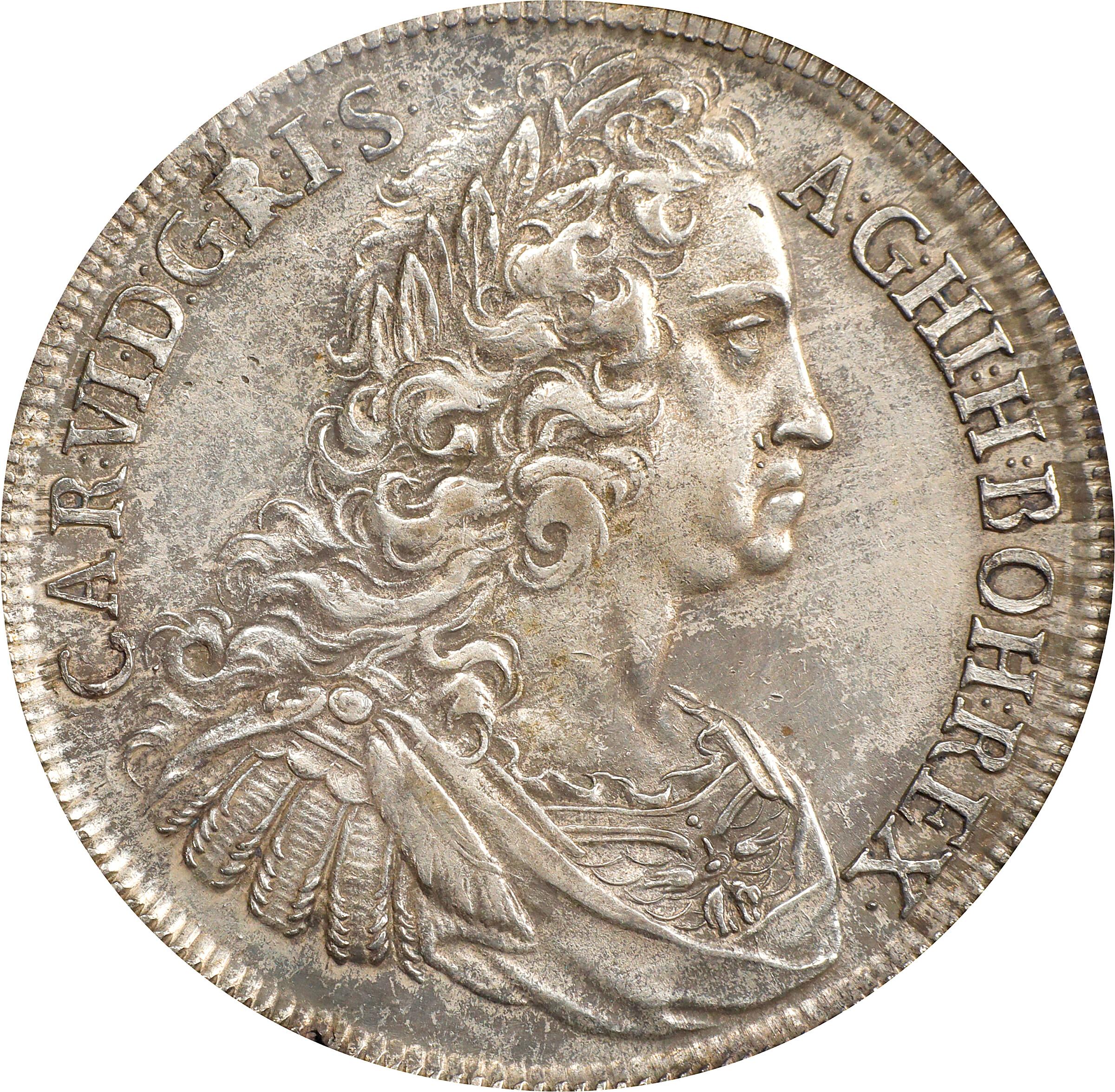New Ideas On Hand Polishing Czechoslovakia Medals
Wiki Article
How Can A Plaster Model Be Used To Create An Actual Representation Of The Gold Coin?
This design can be a sketch drawn by hand or a digital image created with graphic design software. The design may be drawn by hand or a digital image created using graphic design software.Choosing the right medium: Plaster is the most common material used to create maquettes because of its flexibility and the ease of sculpting. Other materials such as wax and clay can be used.
Plaster preparation - Water is added to plaster to make it workable. To ensure a clean mold the mix must be smooth and free of lumps.
Creating the Base- A base or platform is made for the maquette to be sculpted. The base could be a wooden plank, or an even surface for stability.
Making a sculpting Maquette The artist makes use of the gold design to guide him in sculpting it into the plaster. The plaster is then cut to form a relief or three-dimensional representation of the coin or medal.
Detailing, Refinement and Accuracy- The artist is focused on creating details and reworking contours. They also guarantee accuracy in the proportions. Precision and attention to details are essential at this point.
Allowing Time for Drying and Setting- Once the sculpture is completed the Plaster must have time to dry and set. This will allow the maquettes to set and keep their shape.
After drying the maquette, it's smoothed and finished to remove any imperfections, bumps or rough areas.
Sealing and PreservationIn order to protect the maquette and prepare it for other processes such as scanning or molding, a sealant or protective layer can be sprayed to the surface.
The final plaster maquette functions as a tangible representation of the gold coin's design or medal. The plaster maquette is used to make molds for mass production as well as to serve to serve as a source material for other stages of the manufacturing process. Follow the top Czechoslovakia gold medals plaster molds site tips. including silver bars for sale near me, gold doubloons, george washington gold dollar coin, buy coin gold, silver double eagle coin, guardian angel coin, coins and gold, 1936 olympics jesse owens, double eagles, 1 0z gold and more.

How Do Highly Skilled Engravers Improve The Look Of Gold Medals Or Coins?
The work of highly-skilled engravers on the working die or hub is crucial in enhancing and improving the design. Their expertise allows for them to add detailed details and perfect the design. This is how they carry out this Evaluation of Working Hub
Engravers look at the working hub, or die, created by the Janvier or from the master hub. They evaluate the quality of the transfer and the depth.
Correction of Imperfections
Engravers will correct any flaws, or inconsistencies that are in the design they transfer. They may employ precision tools to correct minor errors or imperfections, as well as adjust the depth of particular elements to ensure accuracy and uniformity.
Enhancing Details
Highly skilled engravers employ specific tools for engraving such as burins and pneumatic engraving machines. They create intricate detail to the designs. They make use of special tools for engraving to create elaborate details.
Dimensional and Depth Improvement
Engravers alter design depths and forms to create visual depth. The cut's depth is varied to emphasize particular aspects and provide a sense or texture.
Texture & Finishing Touches
To improve the visual appeal, engravings can add textures or finishes on specific areas. To achieve different surface textures techniques like stippling frosting or shading are utilized.
Inspection and Quality Control
Engravers continuously check the final product to ensure it is accurate, clear, and stunning.
Collaboration and artistic interpretation-
Engravers often work in conjunction with designers or other artists to accurately interpret a design. Their artistic interpretation and skills can elevate the designs by adding subtle nuances, or adjusting specific aspects according to their artistic vision.
Engravers who have skilled levels are renowned for their precision and artistic skill in manipulating metal surfaces. Their meticulous craftsmanship and attention to detail improve the appearance of gold-plated coins or medals making sure that the finished product reflects the desired aesthetics and high the highest quality standards. See the best Prague Mint gold coin engravers more tips. including gold silver dealers, gold eagle coin price, american eagle gold coin 1 oz, online silver buying, $20 gold piece, 2000 sacagawea, golden and silver, gold buy bullion, gold krugerrand, gold and coin shops near me and more.
What Coating Techniques Are Employed To Protect The Gold Of Medals And Coins?
Here are some of the different coating techniques that are used. Here are different coatings techniques that are utilized.
Clear Protective Coatings (Varies). A clear protective coating such as lacquer an specialized plastic, may be used to shield the surface against oxidation, scratches or tarnishing. This coating protects and preserves the original look of the medal or coin.
Enhancement of Appearance
Gold Plating and Gilding Gold medals or coins may undergo gold plating or gilding processes where the thin layer of gold is sprayed onto the surface. This makes the medal or coin a more luxurious, lustrous finish.
Aesthetic Effects
Patina or antique finishes are produced using chemical treatments or specialized coats. This gives depth and character to the design by creating an aged and oxidized look.
Coloration or coloring- Specific areas of a coin or medal may be colored with specialized enamels or coatings in order to highlight designs, draw attention to details, or add visual attraction.
Anti-Tarnish Coatings-
Anti-Tarnish Solution: If your medal or coin features intricate designs or certain areas that are susceptible to tarnishing you may want to apply anti-tarnish solutions. These coatings will stop metallic surfaces from becoming discolored or oxidizing over time.
Specialized Coatings to Guarantee the security of your information or authenticate it
UV-Reactive Coatings. Certain metals and coins have a unique UV-reactive coating that reflects UV light. It can reveal hidden components like security codes or encryption.
Selective Coatings For Contrast
Selective Coating Removal - In some cases coatings are removed selectively from particular parts of the medal or coin to provide contrast between polished and coated surfaces, highlighting design elements.
Each process serves a distinct goal, whether it's to safeguard metals, enhance appearance, create specific aesthetic effects, and/or increase security. These coatings can greatly enhance the look and longevity of medals and coins made out of gold, increasing the worth and appeal for collectors. View the best coating Prague Mint gold medals site recommendations. including gold coin dealers near me, 1999 gold quarter, today's 1 oz gold coin price, gold sovereign, $50 gold piece, gold bullion bars for sale, 1 4 oz gold coin, st gaudens double eagle, gold morgan dollar, gold & silver bullion and more.

How Are Gold Blanks Being Fed And Stamped Using High Pressure Into Coin Presses For Minting?
In the process of minting, gold coins and medals are produced by pressing them under pressure. Here is a quick overview of the process involved in loading blanks.
The loading of gold-plated blanks into a feeder attached to a coin press happens after they've been cleaned, inspected and evaluated. This feeder system guarantees that there is a constant supply of blanks for the machine.
Feeding Blanks into the Press
The feeder system directs the blanks one by one into the striking chamber of the coin press. The feeder system ensures that every blank is precisely placed to be stamped.
Alignment and Positioning
In the press, blanks must be positioned perfectly in the striking area, so that the stamping can be completed.
Striving Under Pressure
The coin press presses the gold blanks at high pressure using two dies, one stationary and the other moving. The stationary die contains the negative image of the coin's design and the one that moves is the hammer that strikes the blank.
The moving die strikes the blank with considerable force, which transfers the image onto the blank's surface. The force exerted by dies imprints the design which creates the relief raised and details on the coin or medal.
Repeated Striking-
For higher-quality coins or medals, especially proof or collector's editions, a variety of strikes can be applied to achieve an even more sharp, clear visual or a design. Each strike refines the detail within the blank.
Ejection and Collection
After being struck, newly-minted coins or medals are thrown from the press onto containers or trays. The stamping designs are subjected to quality control inspections in order to make sure that they meet the standards and criteria.
Post-Processing-
In addition to edge lettering and Reeding based on design specifications or mint requirements, some medals or coins will go through post-strike or other treatments.
High-pressure stamping which imparts a design on the gold blanks is critical, as this makes them into finished coins or medals to be used in collection, circulation or for commemoration. The process is extremely precise, since any changes in pressure or alignment will affect the quality of the final piece. Follow the best minting Czechoslovakia gold medals site examples. including gold buffalo, gold medals michael phelps, coin 1, gold and coin shops near me, cheerios sacagawea dollar, gold bars price, sovereign british coin, buy gold coins near me, gold and silver bullion, apmex gold coins and more.

